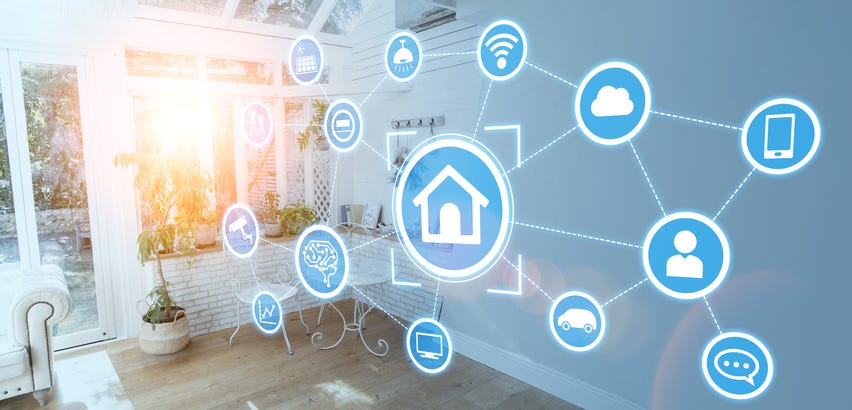
Smart Thermostats for Green Living: A Tech Enthusiast's Guide
Share
As the world becomes increasingly conscious of environmental sustainability, many tech professionals and enthusiasts are turning their attention to the role of smart home technology in promoting eco-friendly practices. One device that stands out in this arena is the smart thermostat, a gadget that not only enhances home comfort but also significantly contributes to green living. In this article, we'll explore how smart thermostats are revolutionizing the way we manage energy consumption in our homes.

The Rise of Smart Thermostats
Smart thermostats have rapidly gained popularity due to their ability to learn user preferences and adjust heating and cooling settings accordingly. Unlike traditional thermostats, which require manual adjustments, smart thermostats use advanced algorithms and sensors to optimize indoor temperatures based on your daily routines. This not only provides convenience but also reduces energy wastage, making them a smart choice for environmentally conscious homeowners.
How Smart Thermostats Work
At the core of a smart thermostat's functionality is its ability to connect to Wi-Fi and interact with other smart devices within your home. This connectivity allows them to gather data on weather conditions, occupancy patterns, and even energy pricing. By analyzing this information, smart thermostats can make real-time adjustments to maintain optimal comfort while minimizing energy consumption. Additionally, many models offer remote control via smartphone apps, giving users the flexibility to manage their home environment from anywhere.
Energy Efficiency and Cost Savings
One of the most compelling reasons to invest in a smart thermostat is the potential for energy savings. According to the U.S. Department of Energy, homeowners can save up to 10% annually on heating and cooling costs by using a programmable thermostat. Smart thermostats take this a step further by learning your schedule and adjusting settings automatically to maximize efficiency. Over time, these small adjustments can lead to substantial savings on your energy bills.
Moreover, many utility companies offer rebates and incentives for installing smart thermostats, further reducing the initial investment cost. By taking advantage of these programs, tech enthusiasts can enjoy the benefits of cutting-edge technology while supporting sustainable living.
Integration with Other Smart Devices
Smart thermostats are not standalone devices; they are designed to integrate seamlessly with other smart home technologies. For example, they can work in conjunction with automated cooling systems and eco-friendly heating solutions to create a comprehensive home climate control system. This integration allows for a more holistic approach to energy management, ensuring that all systems work together to achieve maximum efficiency.
For those interested in further optimizing their home's energy efficiency, pairing a smart thermostat with other IoT devices such as smart lighting and security systems can create a fully automated and eco-friendly living environment. This interconnectedness not only enhances convenience but also contributes to a greener lifestyle.
Choosing the Right Smart Thermostat
With numerous options available on the market, selecting the right smart thermostat can be a daunting task. Key factors to consider include compatibility with your existing HVAC system, ease of use, and the availability of advanced features such as geofencing and voice control. Additionally, it's important to choose a model that offers reliable customer support and regular software updates to ensure optimal performance over time.
For tech enthusiasts looking to make an informed decision, resources like green technology trends and eco-friendly product lists can provide valuable insights into the latest advancements in smart home technology.

FAQs
1. How much can I expect to save on energy bills with a smart thermostat?
By optimizing your home's heating and cooling schedule, a smart thermostat can help you save up to 10% annually on energy bills. The exact savings will depend on factors such as your local climate and energy usage habits.
2. Are smart thermostats compatible with all HVAC systems?
Most smart thermostats are compatible with a wide range of HVAC systems, but it's important to check the specifications of the model you're considering to ensure compatibility with your existing setup.
3. What are some additional benefits of using a smart thermostat?
In addition to energy savings, smart thermostats offer enhanced convenience through features like remote control, voice integration, and learning capabilities. They also contribute to a greener lifestyle by reducing your home's carbon footprint.
